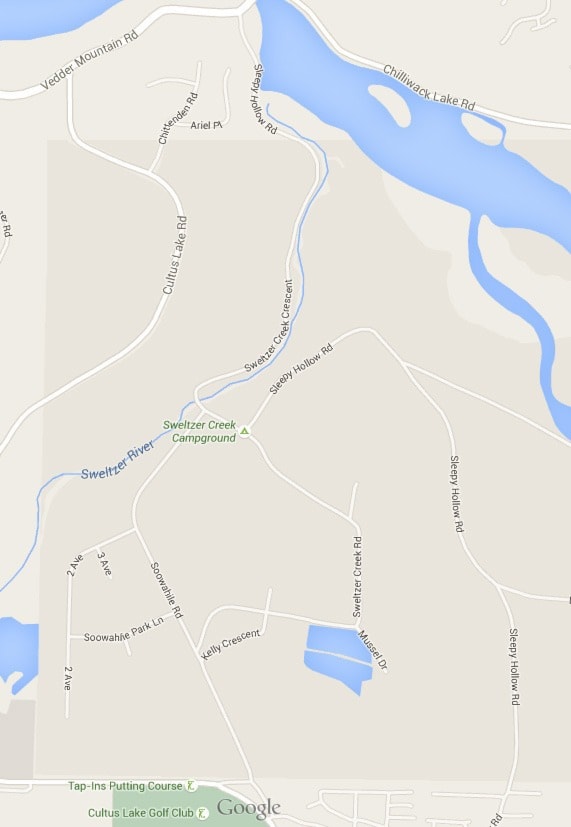A powerful windstorm brought down a large tree and some power lines near Cultus Lake on Saturday afternoon.
The fallen tree cut off traffic on Columbia Valley Highway — the main access road in and out of the Cultus Lake community.
That led to hundreds of motorists trying to take the private road through the Soowahlie reserve.
Some Soowahlie members responded by locking the gate for safety reasons, Soowahlie chief Brenda Wallace told The Progress.
It's not the first time the Soowahlie road has been blocked to public access. A gate was installed last summer after an ongoing speeding situation raised safety concerns along the road that has a 30 km/hr speed limit.
On Saturday a toll was erected at the gate for a couple of hours, where drivers were being asked to pay a $20 charge, which infuriated some of them.
"Things escalated quickly," Wallace said. "Everyone was quite upset about the tolls."
The ensuing lineup of cars, and growing number of frustrated drivers, made the situation chaotic.
Wallace got a call around 2:30 p.m. by a band council member and was told the situation was getting "out of control."
More traffic was backing up and tempers were flaring.
"People were in panic mode and we had absolutely nothing in place to deal with that amount of traffic," she said.
The Soowahlie leader was out of town when the storm hit on Saturday, but has been dealing with the situation ever since returning home.
An enraged caller left a racist message at her home, and there was a fury of racist comments posted on social media overnight, before the threads were taken down.
A community meeting was called the next day at the Soowahlie band office to address the toll situation, and how to handle the road access question, said Chief Wallace.
A solution is needed for when a similar situation arise in the foreseeable future.
"We decided we will keep the gate locked on weekends," she said. "In the event of an emergency in future, the traffic will be directed through Sleepy Hollow Road."
It turns out there are more than two ways to exit the Cultus area. But not many people are aware of this fact.
"When it comes right down to it, there are three entrances to Soowahlie and only one was locked," said Chief Wallace.
One of the ways is by Sleepy Hollow Road, and other is the road near the Vedder Bridge.
It was also decided at the meeting that no other "tolls" will be erected, and the $2,000 collected at the gate over the weekend will be used for Soowahlie elders and children's programs.
Plans are in the works for new signs, and flaggers to direct motorists to the Sleepy Hollow Road route in the case of an emergency, she added.
Discussions between Soowahlie, Fraser Valley Regional District and Cultus Lake Park Board officials around emergency response planning have begun, and will continue to find a permanent solution and to prevent a similar situation from ever happening again.
"The emergency plans, to direct people through Sleepy Hollow Road, weren't in place at the time, but they are now," Chief Wallace said. "We have a great relationship with FVRD and Cultus Lake park board, and we are working with everyone on permanent solutions."
Taryn Dixon, FVRD electoral area H director, called the situation "unfortunate" and said the goal was to move forward on the emergency planning.
"We're going to use what happened as a learning tool."
What has emerged is that very few people are aware that the alternate route is by Sleepy Hollow Road.
"We need flag people and detour signs. We want to make it clear what the best way is to move people in and out of the community," added Dixon.
jfeinberg@theprogress.com
twitter.com/chwkjourno
